By Christopher Miskimon
Bruno Friesen looked through the sight of his Panzer IV’s 75mm cannon at an approaching column of enemy tanks. He and his fellow German tankers sat roughly 75 kilometers south of Chernovtsy, Romania, in early April 1944. Their tanks overlooked a road the Soviets were sure to use. The ground was wet, the ditches alongside the lane full of water, and the soil sodden. Even tanks would likely bog down in the muddy fields to each side of the road. Likewise, the panzers would have trouble moving to attack. Instead, they took up static positions off the road where they could hit the enemy in their flank as they passed. It was 10 am.
An armor-piercing shell sat ready in the chamber of Bruno’s gun; dozens more sat in various ready racks and stowage bins around him, his loader prepared to push another into the breech. Bruno set the scale on his gunsight for the shell type—capped ballistic—with a range of 2,400 meters. They were only 175 meters from the road. His foot hovered near the pedal for the coaxial machine gun, but he did not expect to use it. He needed to concentrate on the enemy armor, the real threat to his own tank.
Soon enough, those enemy tanks appeared. Nineteen Soviet T-34/85s rattled down the highway, one behind the other. Infantry clung to each tank, like remora attached to a shark. Bruno took careful aim at a tank about 250 meters away, at an angle of 45 degrees. He fired, sending the armor-piercing projectile soaring towards the T-34 at over 700 meters per second. The round struck true, hitting the Soviet vehicle. It burst into flame as the infantrymen leaped away, taking cover in the mud. The other gunners in the company also opened fire; within seconds, eight T-34s sat burning or knocked out along the road. Plumes of black, oily diesel smoke rose into the air from the hulks.
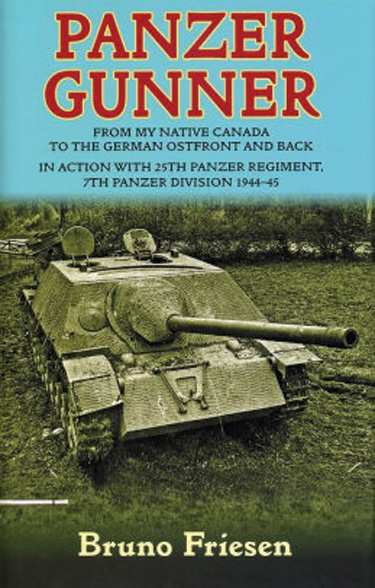 A short, sharp fight followed before the rest of the Soviet column continued down the road, racing off to the south. Most of their infantry scrambled aboard the surviving tanks. On the German side, two PzKpfw. IVs lay wrecked, though the crews were unscathed. The company commander decided to send three panzers in pursuit of the Soviets while the rest acted as a rear guard. Bruno’s tank was one of the pursuers. The trio of panzers sped off down the road, hoping to take the enemy tanks from the rear. They found the 11 remaining T-34s just around a bend in the highway, about 300 meters away. Each panzer fired two shots, leaving four more Soviet tanks burning. They hit another as the Russian turrets traversed to face the rear and returned fire. One round hit Bruno’s tank. It failed to penetrate the armor but disabled the 75mm gun. The Soviets kept running, out of sight. The three panzers returned to their company.
A short, sharp fight followed before the rest of the Soviet column continued down the road, racing off to the south. Most of their infantry scrambled aboard the surviving tanks. On the German side, two PzKpfw. IVs lay wrecked, though the crews were unscathed. The company commander decided to send three panzers in pursuit of the Soviets while the rest acted as a rear guard. Bruno’s tank was one of the pursuers. The trio of panzers sped off down the road, hoping to take the enemy tanks from the rear. They found the 11 remaining T-34s just around a bend in the highway, about 300 meters away. Each panzer fired two shots, leaving four more Soviet tanks burning. They hit another as the Russian turrets traversed to face the rear and returned fire. One round hit Bruno’s tank. It failed to penetrate the armor but disabled the 75mm gun. The Soviets kept running, out of sight. The three panzers returned to their company.
The engagement was just one of many for young Bruno Friesen. Through a twist of fate, he served in the German Army, but he was not German. Bruno was born in Canada to Ukrainian immigrants of German descent. In March 1939, his parents, taken in by the promise of the rising Reich, went to Germany to become a part of its apparent ascent. Bruno did not see his native Canada again for 11 years. His years spent at war for the Nazis are relayed in Panzer Gunner: From my Native Canada to the German Ostfront and Back in Action with 25th Panzer Regiment, 7th Panzer Division, 1944-45 (Bruno Friesen, Helion and Company, South Yorkshire, UK, 2020, 222pp., maps, photographs, appendices, bibliography, $35.00, hardcover).
This memoir tells the unusual tale of a teenager born in an Allied nation but serving the Axis. Caught up in the fervor of ethnic Germans to return to Germany during its apparent rise to glory, he was drafted into the German Army in 1942 and served as a tank crewman in the Panzer IV and Jagdpanzer IV. His writing is clear, providing much detail about the characteristics of each vehicle and how they actually performed in frontline combat. Numerous anecdotes of Bruno’s fellow soldiers, both good and bad, add depth to his memoir. Unlike the often-embellished accounts of German tankers, this personal story reads authentically. The focus is on the last year of the war on the Eastern Front, a desperate time for a German tank crew. The book is full of descriptions of the techniques used to combat the Soviets. Bruno’s struggles to return to Canada after the war are also revealed.
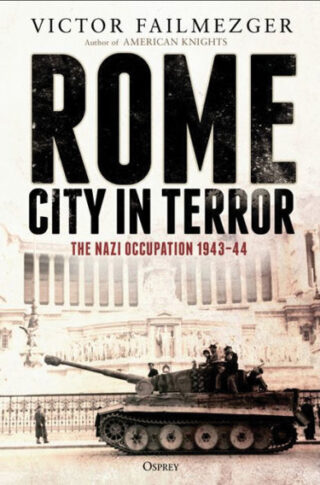 Rome, City in Terror: The Nazi Occupation 1943-44 (Victor Failmezger, Osprey Publishing, Oxford, UK, 2020, 496pp., maps, photographs, notes, appendices, bibliography, index, $35.00, hardcover)
Rome, City in Terror: The Nazi Occupation 1943-44 (Victor Failmezger, Osprey Publishing, Oxford, UK, 2020, 496pp., maps, photographs, notes, appendices, bibliography, index, $35.00, hardcover)
In September 1943, the Italian government, ruling a population with little stomach to stay in the war and tired of Allied bombing, declared an armistice with the Allies. This was a blow to Nazi Germany, though not an unexpected one. German forces quickly occupied much of Italy. They disarmed Italian troops, swept aside those who resisted, and occupied Rome. Once in control, the Germans disbanded the police, conscripted thousands of Italian civilians to build defensive works, and in a swift, early-morning raid rounded up 1,000 Jews living in the city. Those Jews went to Auschwitz. Still, Roman citizens resisted, helping escaped Allied POWs and conducting raids on German troops. Some even operated from the Vatican. In response, the Gestapo and Nazi military acted brutally to repress the Italians until the Allies liberated Rome on June 4, 1944, two days before the D-Day landings.
The occupation of Rome lasted nine months but has seen little coverage in the English-speaking world. This new work is the first full-length book to cover this subject in English. The endurance of the average Roman citizen and the will of some to actively fight back are covered in detail. The author spent years researching his topic, much of it in the Roman archives; the thoroughness of his work is evident in the writing.
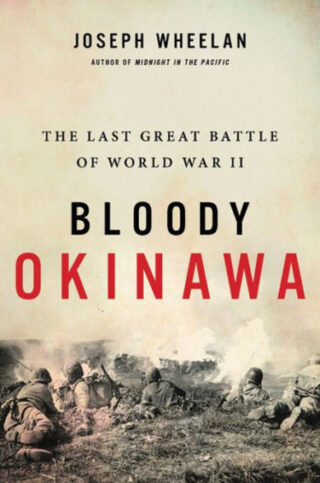 Bloody Okinawa: The Last Great Battle of World War II (Joseph Wheelan, Da Capo Publishers, New York, 2020, 432pp., maps, photographs, notes, bibliography, index, $30.00, hardcover)
Bloody Okinawa: The Last Great Battle of World War II (Joseph Wheelan, Da Capo Publishers, New York, 2020, 432pp., maps, photographs, notes, bibliography, index, $30.00, hardcover)
The war in Europe had only a month remaining when the largest invasion of the Pacific War began. On April 1, 1945, the first of over 184,000 American troops landed on Okinawa. The island sat only 350 miles from the Japanese mainland, making it an important staging area for the planned assault in late 1945. The 140,000 Japanese defenders did not try to repel their enemy at the beaches; rather, they let the Americans get inland with the aim of inflicting heavy casualties. Weeks of ruthless, close-range combat followed, leaving both the landscape and its occupants shattered and exhausted. After 82 days of combat, 125,000 of them lay dead, along with 7,500 U.S. troops and over 100,000 Okinawan civilians. The fighting was so costly it weighed heavily in the U.S. government’s decision to drop the atomic bombs a few months later.
The author used both American and Japanese accounts of the battle to create the narrative for this book. The result is a very human story of courage, suffering and endurance. All aspects of the fight are recounted, from combat on land to the naval fight offshore to the brutal attacks of the kamikazes and the efforts made to repulse them. This is an in-depth and well-written account of the last great battle of World War II.
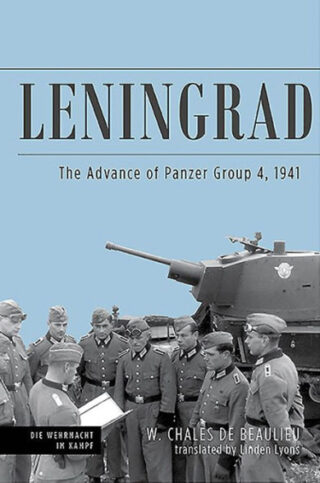 Leningrad: The Advance of Panzer Group 4, 1941 (W. Charles de Beaulieu, translated by Linden Lyons, Casemate Publishing, Havertown, PA, 2020, maps, appendices, index, $34.95, hardcover)
Leningrad: The Advance of Panzer Group 4, 1941 (W. Charles de Beaulieu, translated by Linden Lyons, Casemate Publishing, Havertown, PA, 2020, maps, appendices, index, $34.95, hardcover)
Army Group North crossed the border into the Soviet Union in June 1941, with its objective the city of Leningrad. The Germans had to cross 800 kilometers of enemy territory and needed to secure a crossing of the Dvina River. Panzer Group 4, containing the XLI and LVI Panzer Corps, made 70 kilometers the first day, but Soviet counterattacks harried their flanks, resulting in a large tank battle before the advance continued. The group pushed through Latvia to the Stalin Line and beyond. In mid-July, when they were 100 kilometers from Leningrad, their army group commander devised other plans for them. This created a delay of several irreplaceable weeks.
The author of this work was the chief of the general staff of Panzer Group 4. He published this account in German in 1961, but this is the first English translation. More than just an account, the book also contains the author’s assessment of the action. A series of good maps accompanies the text.
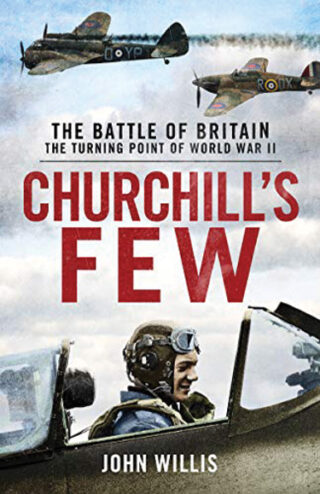 Churchill’s Few: The Battle of Britain, the Turning Point of World War II (John Willis, Mensch Publishing, London, UK, 2020, 336 pp., $22.00, hardcover)
Churchill’s Few: The Battle of Britain, the Turning Point of World War II (John Willis, Mensch Publishing, London, UK, 2020, 336 pp., $22.00, hardcover)
Bob Doe was one of the most successful fighter aces of the Battle of Britain, though few have ever heard of him. Cyril Bamberger began a sergeant pilot and won a Distinguished Flying Cross and Bar for his courage. German Luftwaffe pilot Ulrich Steinhilper was shot down during the battle and taken prisoner; he became one of the greatest escapers of the war. Joseph Slagowski served as one of the Free Polish flyers who defended Britain in its time of greatest need. Geoffrey Page suffered horrible burns as a result of his service. Geoffrey Meyers, an intelligence officer who had been a reporter for the Daily Telegraph before the war, saw his squadron decimated by the fighting and wrote poignant letters to his family about his experiences.
These six personalities all served in the Battle of Britain, doing their parts for their respective countries. The term “turning point” is generally overused in military history, but it fully applies to this campaign, which had great consequences for the course of the war. The author weaves the experiences of these people into a compelling narrative, showing how the participation of individuals contributed to the sweep of the overall course of the war.
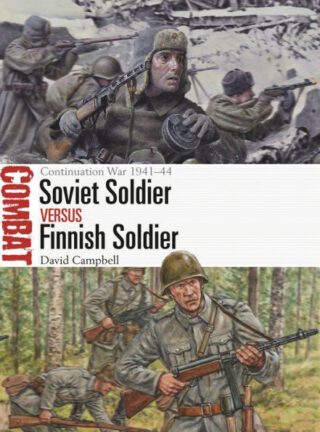 Soviet Soldier Versus Finnish Soldier: The Continuation War 1941-44 (David Campbell, Osprey Publishing, Oxford, UK, 2020, 80pp., maps, photographs, bibliography, index, $22.00, softcover)
Soviet Soldier Versus Finnish Soldier: The Continuation War 1941-44 (David Campbell, Osprey Publishing, Oxford, UK, 2020, 80pp., maps, photographs, bibliography, index, $22.00, softcover)
The Finnish Army performed brilliantly during the Winter War of 1939-40, but Soviet forces still swamped them under their superior weight of numbers. When Nazi Germany invaded the Soviet Union in June 1941, Finland allied with the Third Reich, hoping to regain its lost territory. That conflict, known as the Continuation War, lasted until 1944, when a massive Soviet offensive forced the Finns to make terms and end their pact with Hitler’s regime. During the Continuation War, the Finns walked a tight line between trying to get back what was lost but not pushing the Soviets too hard by joining the German in the attacks on Leningrad. They quickly retook their lost land and then settled into a form of trench warfare to hold their lines.
This latest volume in Osprey’s Combat series compares the training, organization, and equipment of the Finns and Soviets as they fought the Continuation War. After showing how each army prepared for war, the book demonstrates them in action by recounting three battles with an analysis of their overall effectiveness, strengths, and weaknesses. As expected with Osprey’s works, the book is superbly illustrated with period photographs and original artwork. The writing is clear and full of good background information and detail. The author’s assessments are well-reasoned and based on sober logic and rational evaluation.
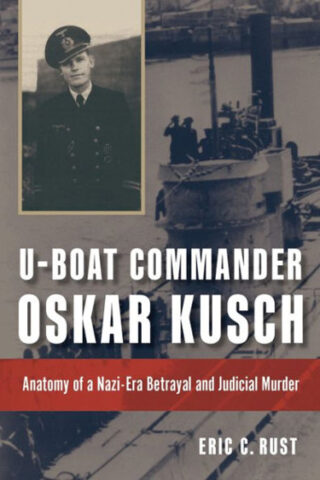 U-Boat Commander Oskar Kusch: Anatomy of a Nazi-Era Betrayal and Judicial Murder (Eric C. Rust, Naval Institute Press, Annapolis, MD, 2020, 340pp., notes, bibliography, index, $45.00, hardcover)
U-Boat Commander Oskar Kusch: Anatomy of a Nazi-Era Betrayal and Judicial Murder (Eric C. Rust, Naval Institute Press, Annapolis, MD, 2020, 340pp., notes, bibliography, index, $45.00, hardcover)
On May 12, 1944, Lieutenant Oskar Kusch of the German Navy and commanding officer of the submarine U-154 was executed for making statements critical of the Third Reich. He had led his crew on two combat patrols in the South Atlantic in 1943, sinking one ship and damaging two others off the coast of Brazil. Several of his fellow officers denounced him, and the court-martial that followed proclaimed that his remarks had undercut his crew’s will and readiness to fight. A naval expert did testify that Kusch had acted in accordance with his responsibilities, and one charge of cowardice was dismissed. Before his arrest, his father pleaded with him to desert and go to Switzerland. Kusch refused, stating he had a duty to the German people and his crew, who thought highly of him. Despite hints of impending clemency, he was killed anyway—made an example by the regime and the navy together.
The actions of the Nazis against the Jews and others they deemed “undesirable” are well documented. Less well-known are actions taken against their own military personnel and citizens. This book brings light to one of these innumerable shameful acts of the Nazis. The author clearly relays the background and history of the case. His prose is clear, and his thorough research brings many details about Kusch and his situation into the work.
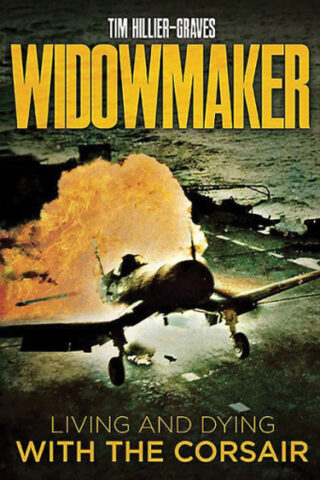 Widowmaker: Living and Dying with the Corsair (Tim Hiller-Graves, Casemate Publishing, Havertown PA, 2020, 202pp., photographs, bibliography, index, $34.95, hardcover)
Widowmaker: Living and Dying with the Corsair (Tim Hiller-Graves, Casemate Publishing, Havertown PA, 2020, 202pp., photographs, bibliography, index, $34.95, hardcover)
The Vought F-4U Corsair is one of the iconic aircraft of World War II, but it proved a difficult plane to operate. It took pilots time to get used to handling the Corsair and its quirks. Initially, the U.S. Navy refused to employ it aboard aircraft carriers because they thought it unsafe. The United States Marine Corps flew it from land bases to great effect against the Japanese, and the British Royal Navy’s Fleet Air Arm did fly it from carriers. They proved it could operate from a carrier in the hands of an experienced, competent pilot, but at a cost in pilots and planes while they gained that knowledge. The British eventually acquired over 2,000 Corsairs. The Americans took notice of the British success and finally placed two squadrons of Marine Corsairs aboard the USS Essex in December 1944.
This is the story of the flyers who took a difficult aircraft and turned it into a fighter- bomber deadly to the enemy. It also covers the life of the Corsair’s chief designer, Rex Beisel, and the plane’s development. The book is well illustrated with over 200 images, many of them previously unpublished. The author interviewed over 90 veterans of the Corsair from the U.S., UK, Canada, and New Zealand. The book is a thorough study of the Corsair’s strengths and faults along with those who flew it.
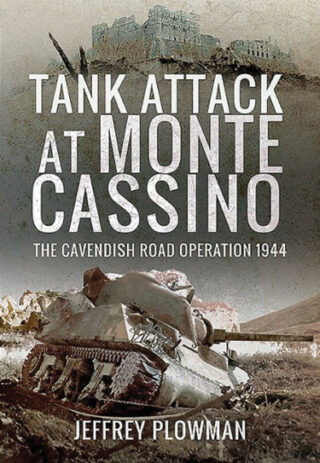 Tank Attack at Monte Cassino: The Cavendish Road Operation 1944 (Jeffrey Plowman, Pen and Sword Books, South Yorkshire, UK, 2020, maps, photographs, appendices, notes, bibliography, index, $42.95, hardcover)
Tank Attack at Monte Cassino: The Cavendish Road Operation 1944 (Jeffrey Plowman, Pen and Sword Books, South Yorkshire, UK, 2020, maps, photographs, appendices, notes, bibliography, index, $42.95, hardcover)
The monastery perched above the Italian town of Monte Cassino proved a difficult position to capture in 1944. The German troops entrenched inside its historic walls had an excellent view of the surrounding area and could place artillery or machine-gun fire against attackers. On March 19, 1944, the Allies began an ambitious plan to use a mountain trail to assault the German position north of the monastery. The plan involved tanks crewed by Americans, Indians, and New Zealanders working together to scale the narrow track against heavy enemy resistance. The operation nearly succeeded and would have allowed the Allies to pierce the Gustav Line and begin the advance toward Rome, unhinging German plans for the defense of the Italian peninsula. Its failure lengthened the already long and bloody struggle for the country.
The Cavendish Road operation is little known today, but it is one of the “what-ifs” of the Italian campaign. The author skillfully reveals the planning and preparation for the attack along with the events of the actual fighting. The soldiers who conducted the assault are also given detailed attention, as are the reasons for its ultimate failure despite the initial Allied success.
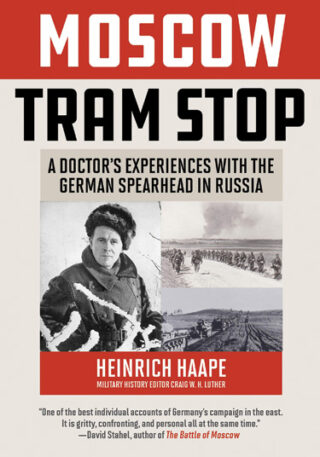 Moscow Tram Stop: A Doctor’s Experiences with the German Spearhead in Russia (Heinrich Happe, Stackpole Books, Guilford, CT, 2020, 468pp., maps, photographs, appendices, notes, bibliography, index, $39.95, hardcover)
Moscow Tram Stop: A Doctor’s Experiences with the German Spearhead in Russia (Heinrich Happe, Stackpole Books, Guilford, CT, 2020, 468pp., maps, photographs, appendices, notes, bibliography, index, $39.95, hardcover)
Heinrich Happe joined the Wehrmacht just as World War II began. A medical doctor who received his degree in 1938, Happe went through basic training as an artilleryman before transfer to the medical corps. He served in an infantry battalion in the spearhead of Operation Barbarossa, the invasion of the Soviet Union in June 1941. Despite the initial Soviet setbacks, he noted how tenaciously Red Army soldiers fought even when doomed to defeat. The advance toward Moscow continued, rapid at first before slowing over the summer. By October, rain and snow punished the Germans as they struggled to maintain their momentum. By December, snow and freezing temperatures combined with that continuing Soviet tenacity to stop the Germans just short of their goal. Within a few months, as that horrible winter ended, Happe’s battalion, once 800 strong, contained only 28 men.
Happe survived the war. Along the way he earned so many combat decorations the Nazi Party pressured him to join, but he refused. His memoir reveals the unusual point of view of a doctor on the Eastern Front, though he often had to take part in the fighting as well. With his training in medicine and psychology, he was well placed to observe the physical and emotional tolls combat places on human beings. After the war, he never practiced medicine again.
New and Noteworthy
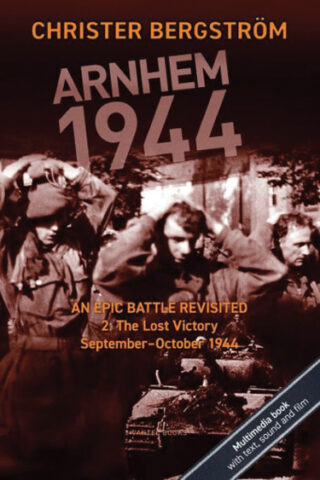 Arnhem 1944 2: The Lost Victory. September October 1944 (Christer Bergstrom, Vaktel Books, 2020, $31.99, Hardcover) This second volume in the author’s series on Operation Market Garden includes in-depth research and links in the book that lead to online images and videos.
Arnhem 1944 2: The Lost Victory. September October 1944 (Christer Bergstrom, Vaktel Books, 2020, $31.99, Hardcover) This second volume in the author’s series on Operation Market Garden includes in-depth research and links in the book that lead to online images and videos.
Poland and the Second World War 1938-1948 (Evan McGilvray, Pen and Sword Books, 2020, $39.95, hardcover) The book covers pre-war planning and diplomacy through the Soviet occupation after the war. Also included are accounts of Free Polish units fighting abroad.
The History of the Panzerwaffe Volume 3: The Panzer Division (Thomas Anderson, Osprey Publishing, 2020, $40.00, hardcover) This new volume covers the organization, structure, and experiences of German armored divisions during the war. It is well illustrated and detailed.
The Burma Air Campaign 1941-1945 (Michael Pearson, Pen and Sword Books, 2020, $22.95, softcover) This air campaign included close air support against the Japanese, strategic bombing, and air transport. The author also covers Japanese activities early in the war.
British Escort Carriers 1941-45 (Angus Konstam, Osprey Publishing, 2020, $19.00, softcover) The Royal Navy operated several escort carriers, some built domestically and others acquired through Lend-Lease. This book covers the role they played in the Battle of the Atlantic.
Whatever It Took: An American Paratrooper’s Extraordinary Memoir of Escape, Survival and Heroism in the Last Days of World War II (Henry Langrehr and Jim DeFelice, William Morrow, 2020, $27.99, hardcover) Henry Langrehr served as a paratrooper, dropping into Normandy on D-Day. He was captured but made a daring escape.
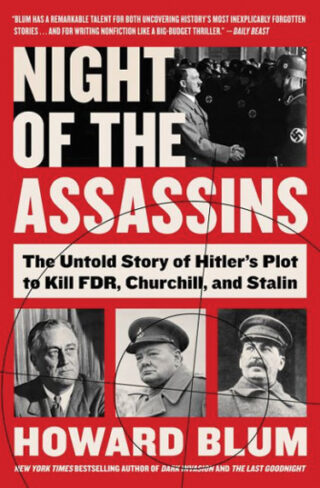 Night of the Assassins: The Untold Story of Hitler’s Plot to Kill FDR, Churchill and Stalin (Howard Blum, Harper Collins, 2020, $29.99, hardcover) When the three top Allied leaders met in Tehran in 1943, the Nazis sent a squad of men to assassinate them. An American Secret Service man and a Soviet NKVD officer had to cooperate to stop them.
Night of the Assassins: The Untold Story of Hitler’s Plot to Kill FDR, Churchill and Stalin (Howard Blum, Harper Collins, 2020, $29.99, hardcover) When the three top Allied leaders met in Tehran in 1943, the Nazis sent a squad of men to assassinate them. An American Secret Service man and a Soviet NKVD officer had to cooperate to stop them.
Mortar Gunner on the Eastern Front Volume II: Russia, Hungary, Lithuania and the Battle for East Prussia (Dr. Hans Heinz Rehfeldt, Greenhill Books, 2020, $32.95, hardcover) The author served in a mortar platoon on the Eastern Front. This book is the conclusion to his detailed two-volume memoir.
The Dauntless in Battle (Peter C. Smith, Pen and Sword Publishing, 2020, $34.95, hardcover) The Douglas SBD Dauntless was America’s dive bomber during the beginning of the war. It saw action in numerous engagements and gained fame at the Battle of Midway.
The Royal Netherlands Navy of World War II (Ryan K. Noppen, Osprey Publishing, 2020, $19.00, softcover) The small Netherlands Navy had global commitments even after the nation fell under Nazi occupation. This book outlines the vessels that composed that navy and their difficult service.
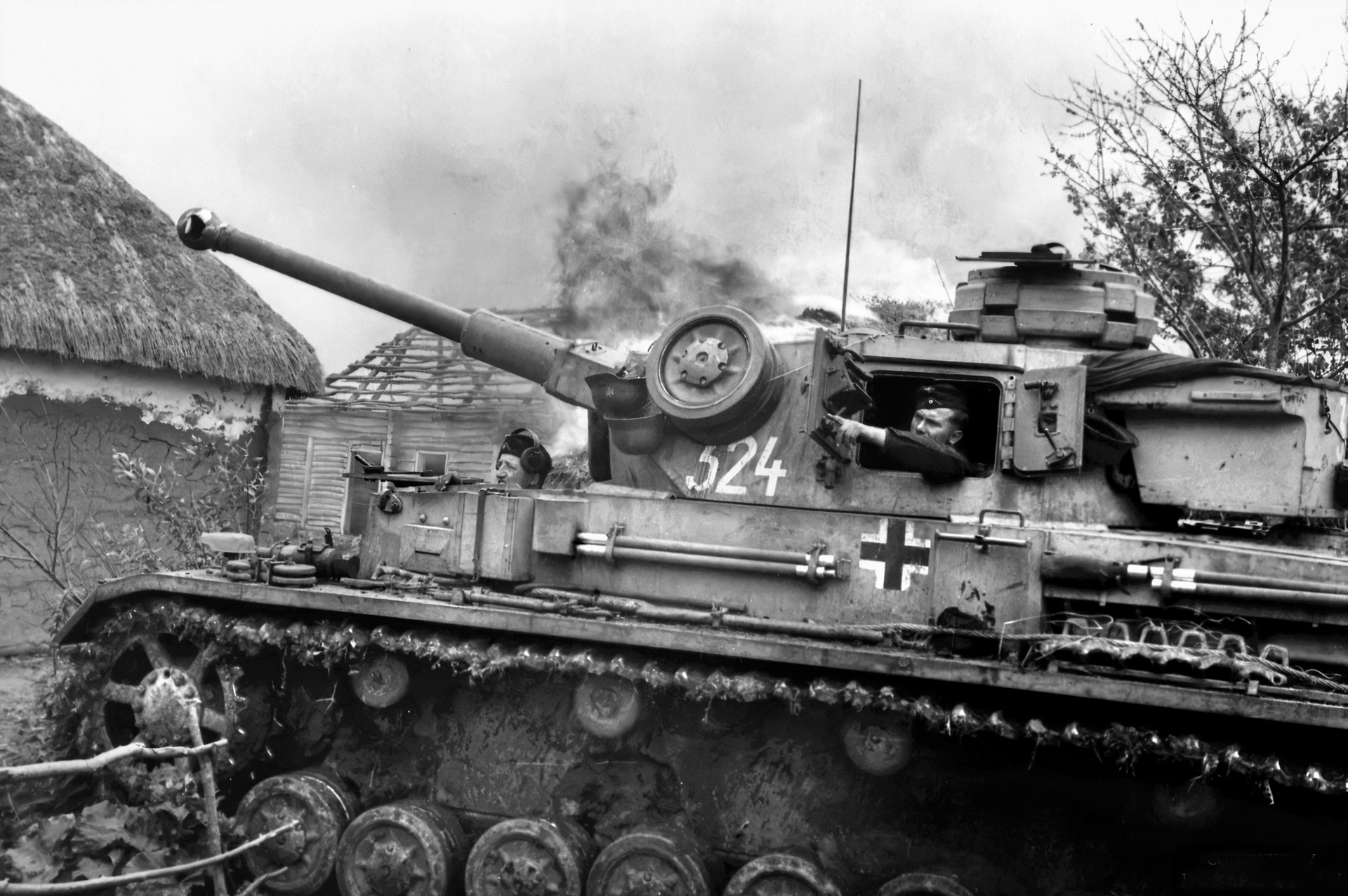
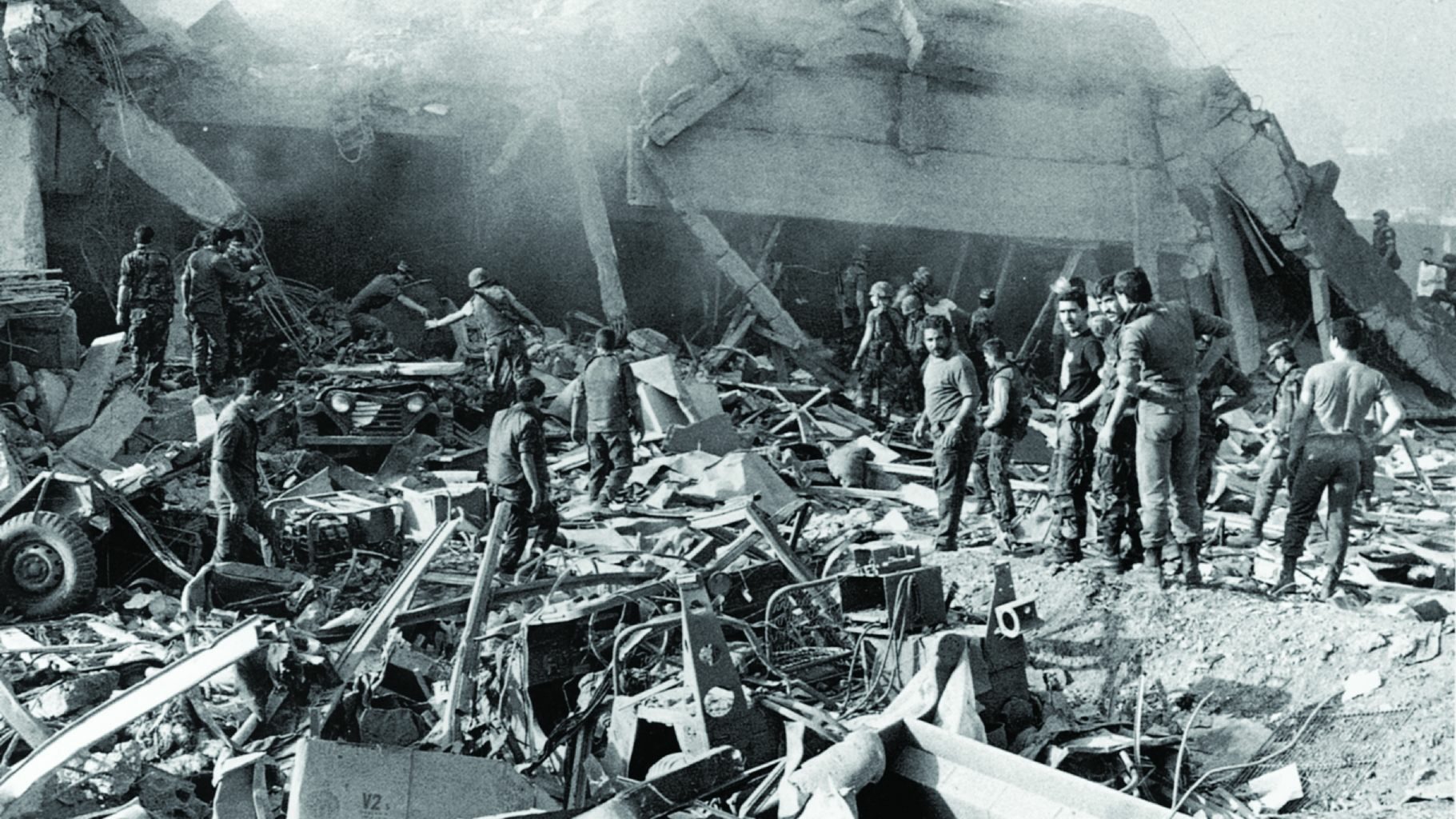
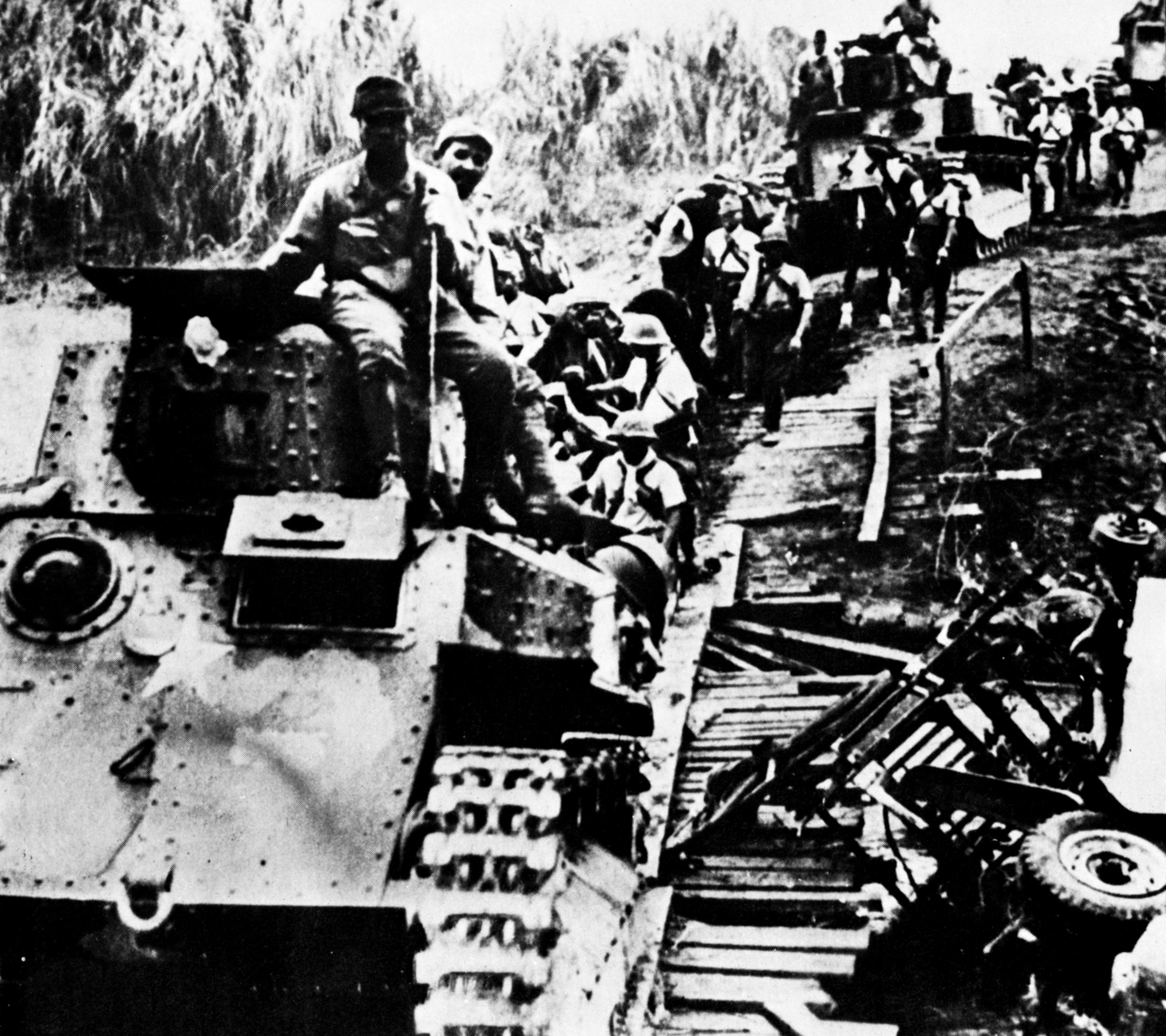

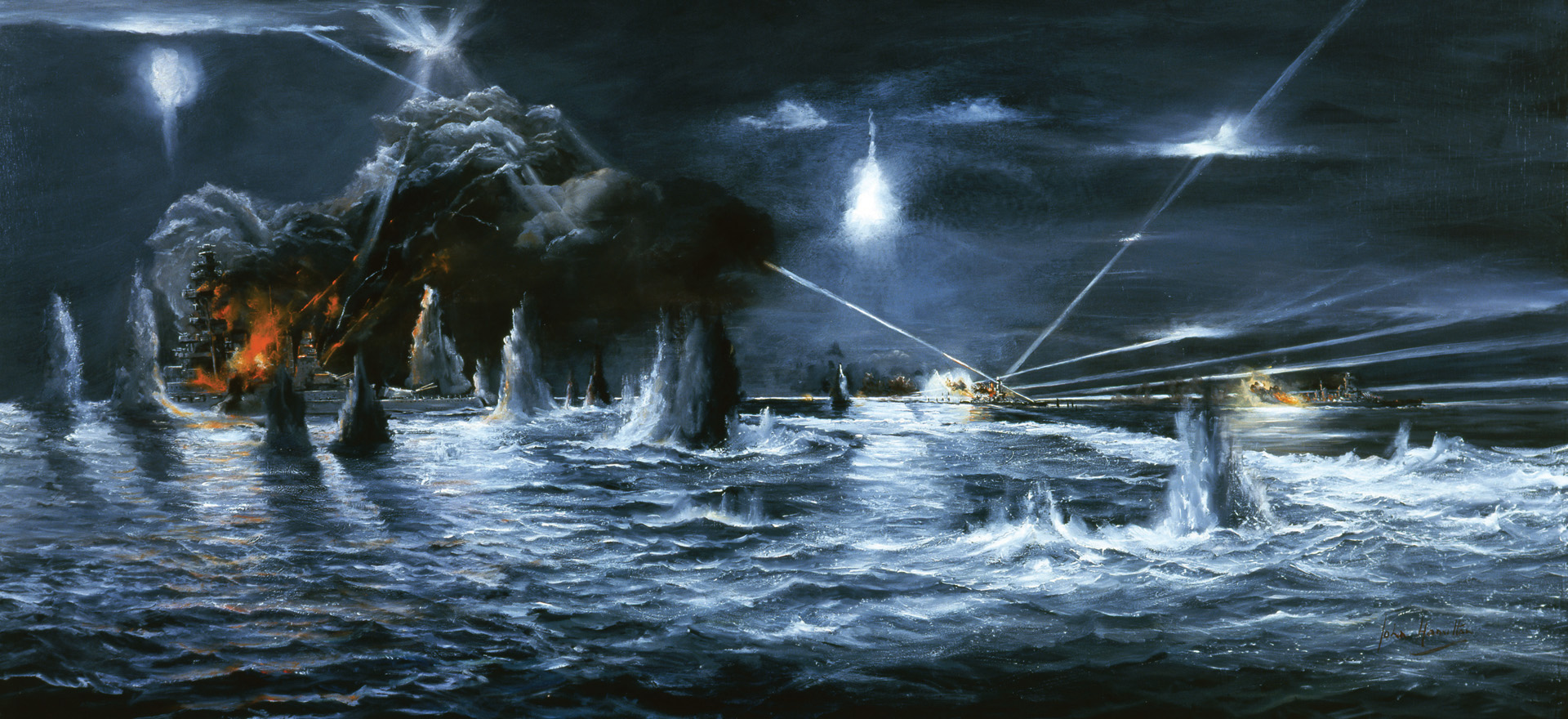
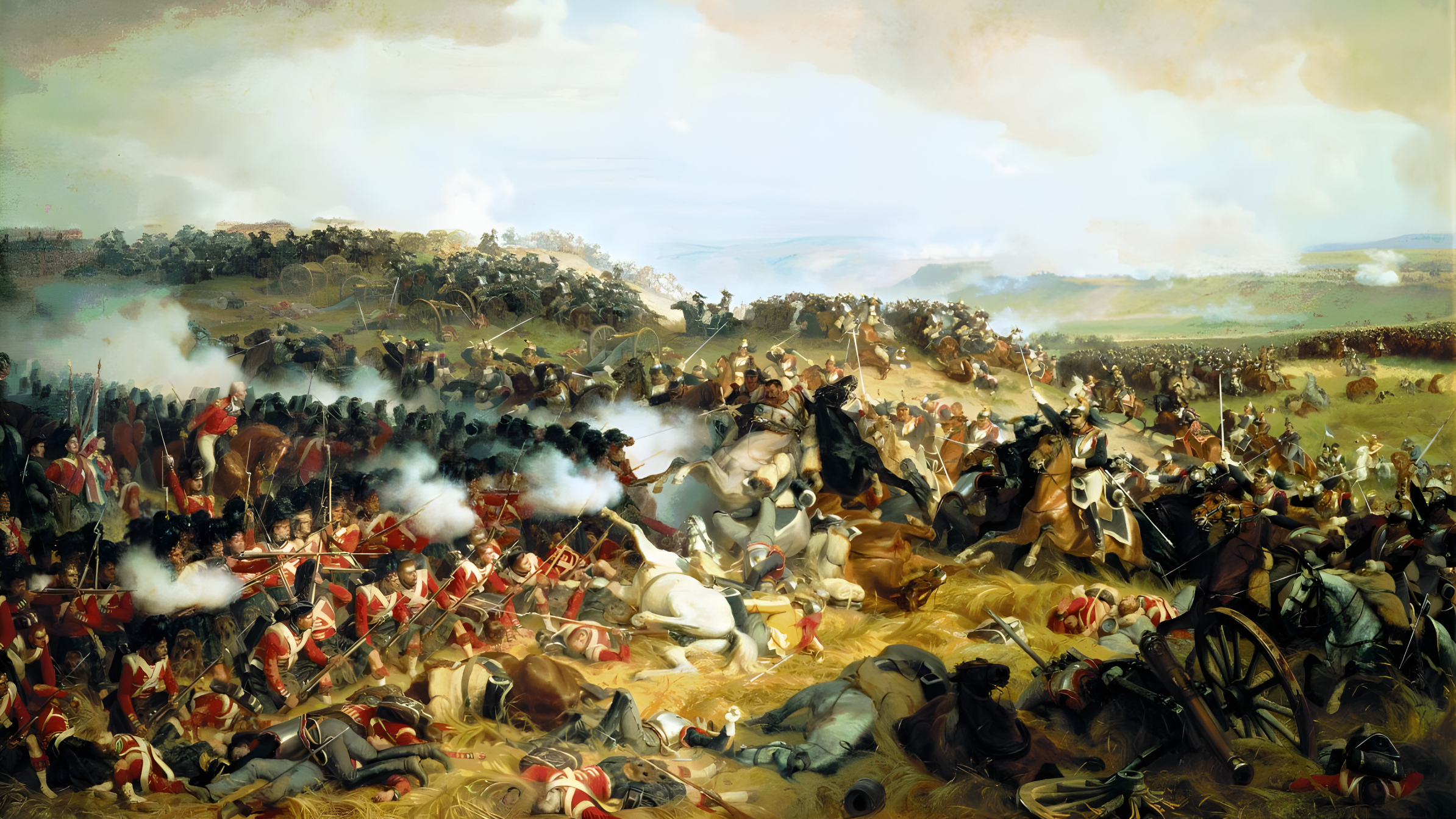
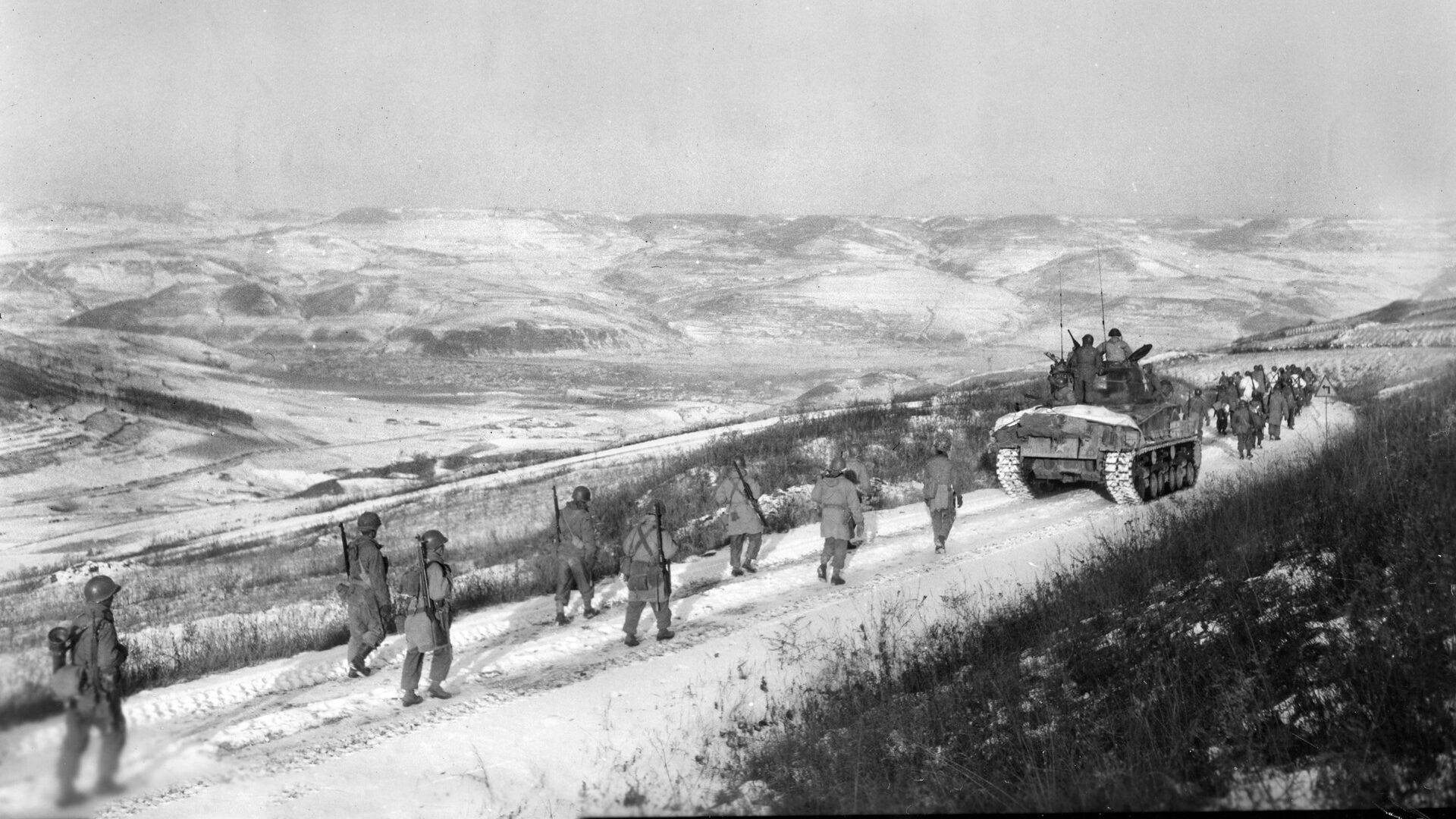

Join The Conversation
Comments
View All Comments